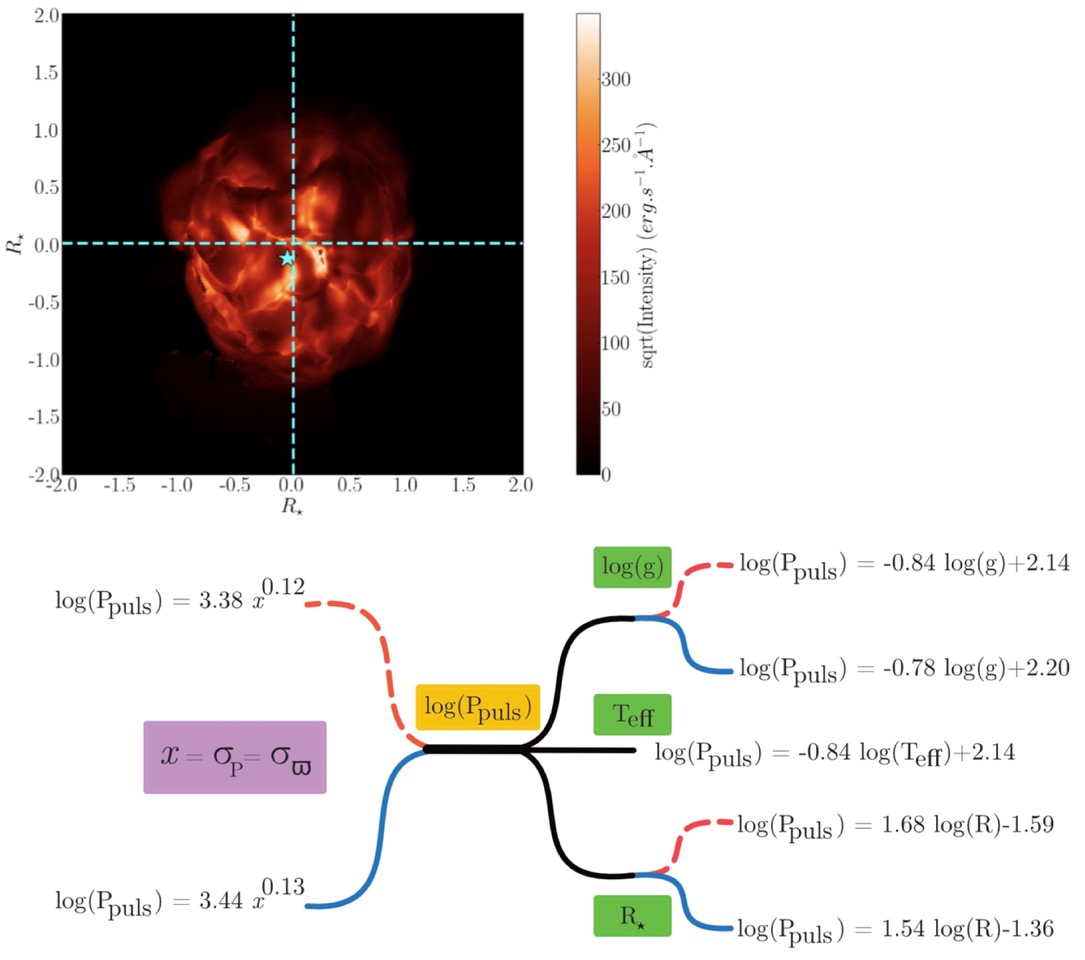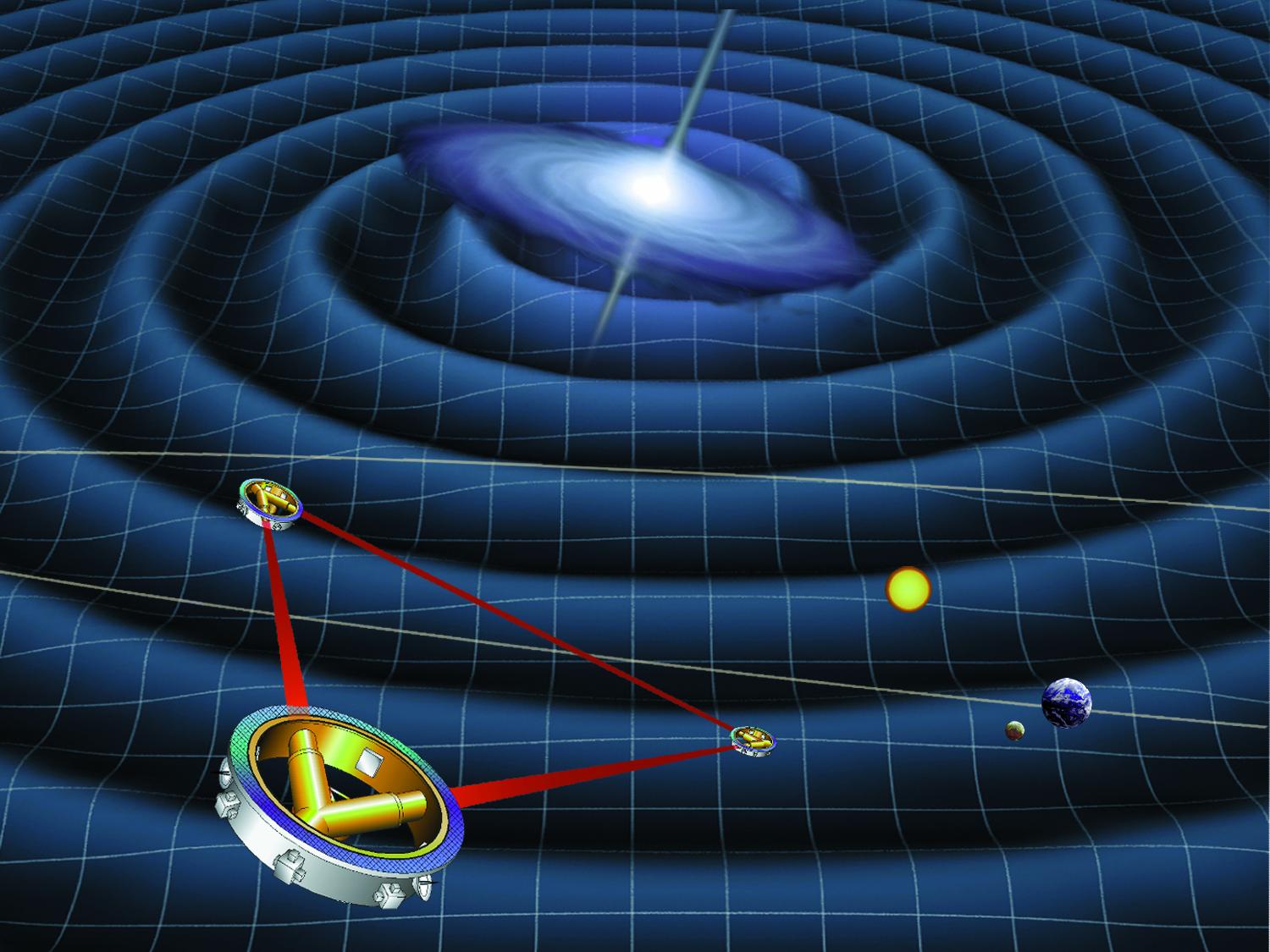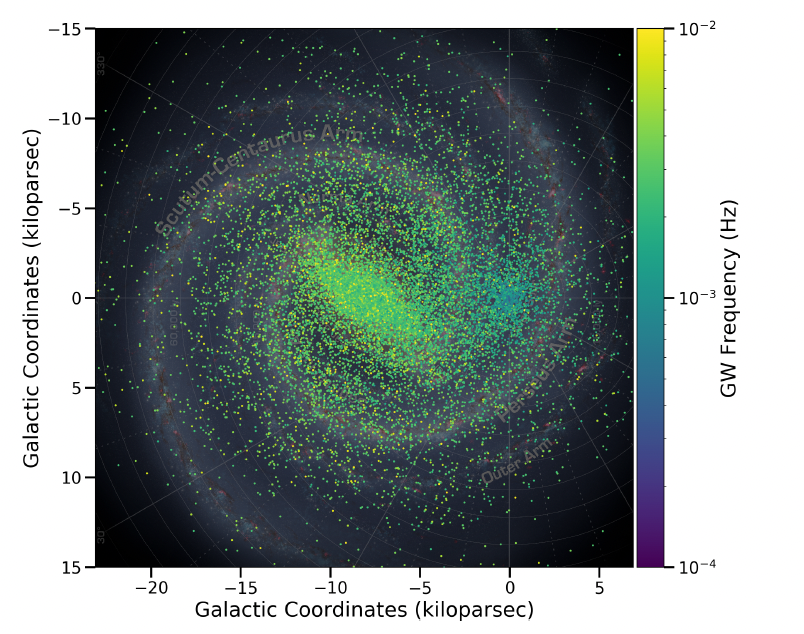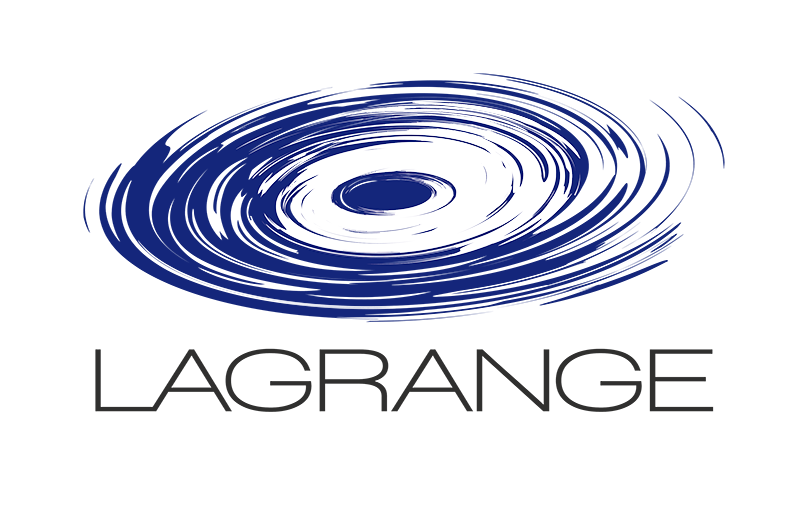NEWS
News Automn 2025
- Détails
PhDs starting:
- Amestoy Romain (Defense 2028: supervisor M. Chami ; OCA/Thalés): Satellite Detection
- Kaushik Kamashi (Defense 2028: supervisor O. Creevey): Age of benchmark stars in the context of PLATO space mission
- Apostolova Brankica (Defense 2028: supervisor N. Nardetto): Distance of Cepheids in the local group (Gaia, FLAMES, toward MOSAIC/ELT)
Post-doc starting:
- Kunert Nina (CNRS) : Progenitors of Gravitational Waves, LISA, binarity in MW
- Rathour Singh Rajeev (ANR Unlockpfactor): Tomography of the pulsating atmosphere of Cepheids
SPICA Neural Network !
- Détails
Cette étude fait partie de l'Interferometry Survey of Stellar Physics (ISSP) qui utilise l'instrument Stellar Parameters and Images with a Cophased Array (SPICA). SPICA est un nouvel instrument interférométrique visible situé au Centre d'astronomie à haute résolution angulaire (CHARA) sur le mont Wilson, en Californie. L'étude a pour but de réaliser une étude complète des paramètres stellaires à des fins scientifiques diverses. D'ici août 2026, nous prévoyons de cataloguer les paramètres stellaires fondamentaux sur l'ensemble du diagramme de Hertzsprung-Russell (HR), en nous concentrant particulièrement sur les étoiles naines F5-K7. Cette étude contraindra directement autant d'étoiles que possible dans le PLATO Input Catalogue (PIC). PLATO (PLAnetary Transits and Oscillations) est la mission de l'ESA visant à étudier les exoplanètes terrestres en orbite dans la zone habitable d'étoiles semblables au Soleil.
Un livre !
- Détails
Vendredi 25 octobre, Eric Lagadec sort un beau livre sur le télescope spatial James Webb. La soirée de lancement a lieu à Nice, à la librairie "Les parleuses", à 19h.
Le livre s’appelle: Le Télescope spatial James Webb Une nouvelle ère pour l'astronomie
Depuis des millénaires, l’être humain scrute l’Univers pour en percer les secrets. Cela s’est fait tout d’abord à l'œil nu, jusqu’à la première utilisation d’une lunette astronomique par Galilée puis avec des télescopes quelques décennies plus tard. Afin de comprendre les mystères de l’Univers, il faut en déchiffrer toutes les lumières visibles ou non. C’est ainsi que les astronomes travaillent à construire toute une variété de télescopes jusqu’au télescope spatial James Webb, l’un des plus grands joyaux techniques de l’histoire de l’astronomie.
Plus d’infos ici: https://www.seuil.com/ouvrage/le-telescope-spatial-james-webb-eric-lagadec/9782021551488
(News du jour transmise par Eric Lagadec)
Retirement Ceremony
- Détails
Le CNRS a rendu hommage en décembre 2024 à trois de nos jeunes retraités : Frédéric Thévenin, Djamel Mékarnia de l'équipe P2S, ainsi que Yves Bresson. Cette cérémonie qui n’avait plus eu lieu depuis le Covid s’est déroulée à la Délégation Régionale à Sophia Antipolis en présence de Sylvain Di Giorgio et a regroupé tous les laboratoires CNRS de la DR20. Tristan Guillot a représenté la Direction de Lagrange pour rappeler des anecdotes, les nombreuses contributions scientifiques et techniques de leur carrières, notamment leur implications majeures dans des projets phares du Laboratoire : Gaia, AMBER, MATISSE, SOIRDETE, JOVIAL et ASTEP.
Nous souhaitons une longue et heureuse retraite bien méritée à nos collègues et bien sûr nous espérons les revoir encore régulièrement parmi nous.
(news émise par la direction du laboratoire)
Gaia DPACE
- Détails
Le Gaia Data Processing and Analysis Consortium (Gaia-DPAC) est responsable du traitement et de la publication des données Gaia. Le Laboratoire Lagrange est très impliqué dans le traitement des données Gaia : la loi de balayage Gaia, l'analyse des objets du système solaire, les paramètres astrophysiques, ainsi que le traitement des sources extra-galactiques.
Le comité exécutif du DPAC (DPACE) Gaia est l'organe qui supervise les activités du DPAC, une équipe composée du président et du co-président du DPAC, des responsables des 9 unités de traitement (appelées « unités de coordination » ou CU) et du responsable du Centre de traitement des données du CNES (DPCC). L'équipe se réunit avec le project scientist de l'ESA et le responsable de la mission de l'ESA pour discuter des activités du DPAC et des scénarios de data release, tous les mois par teleconference pour une demi-journée et deux fois par an en reunion plenière pour 2 jours. Le Laboratoire Lagrange a également la responsabilité de diriger deux unités de coordination : Paolo Tanga - responsable du CU-4 SSO (objets du système solaire) et Orlagh Creevey de l'équipe P2S - responsable du CU-8 (paramètres astrophysiques). [Francois Mignard est ancien chair du DPAC]
En novembre 2024, le conseil exécutif du DPAC s'est réuni au CNES pour 2 jours à Toulouse pour prendre les décisions sur la quatrième livraison de données Gaia (2026) et pour discuter des activités qui nous amènent à la DR5 (pas avant fin 2030). Les activités du laboratoire Lagrange s'intensifient maintenant pour le DR4. Et pour le DR5, il reste encore de nombreuses années de travail !
Les observations Gaia permettent de sonder la dynamique atmosphérique des étoiles évoluées
- Détails
La dynamique des étoiles évoluées perturbe les mesures de parallaxe Gaia. Grace aux simulations hydrodynamiques, nous avons développé une méthode originale pour obtenir les paramètres fondamentaux à partir de l’incertitude associée aux parallaxes.

Start of the implication of the Observatory and Lagrange Laboratory in LISA space mission
- Détails

ANR GalaxyFit
- Détails
LISA will detect GW in the millihertz regime, including from thousands of short period binaries in the Milky Way. The ambition for the GalaxyFIT project is to design end-to-end methods that simultaneously measure and describe the LISA noise, the GW signals from ultracompact binaries in the Milky Way, plus gravitational wave backgrounds from astrophysical and cosmological sources. More specifically: A postdoc will be hired at Lagrange (2 yrs) under the supervision of Astrid Lamberts to optimise the design of the catalogs of short period binaries (completeness, purity, data quality cuts...) to allow for the measurement of Galactic structure parameters (Galactic potential, disk scale height...) and features in the distribution of the binaries such as overdensities in frequency, which can be related to binary interactions and stellar evolution.

Image from the LISA Astrophysics White Paper showing a pattern of detected Galactic sources, and their frequency. It is seen throughout the galaxy.
UMR LAGRANGE
Observatoire de la Côte d’Azur
Boulevard de l’Observatoire
CS 34229 - F 06304 NICE Cedex 4
Tél. : +33 (0)4 92 00 30 11
Fax : +33 (0)4 92 00 30 33




